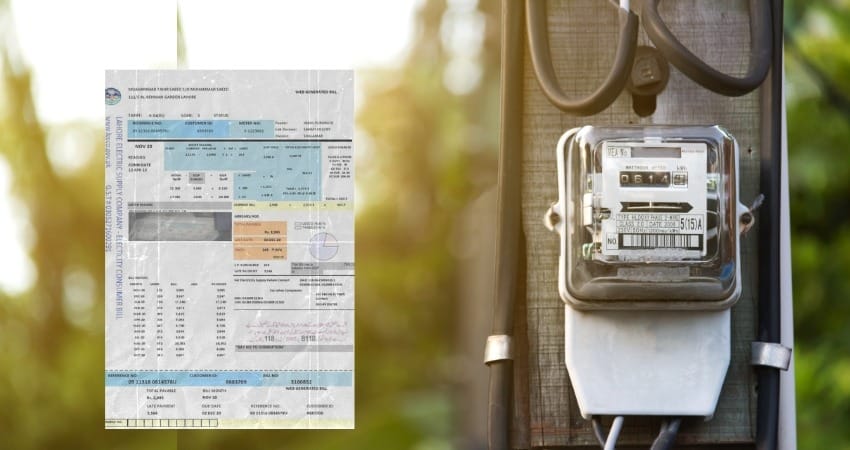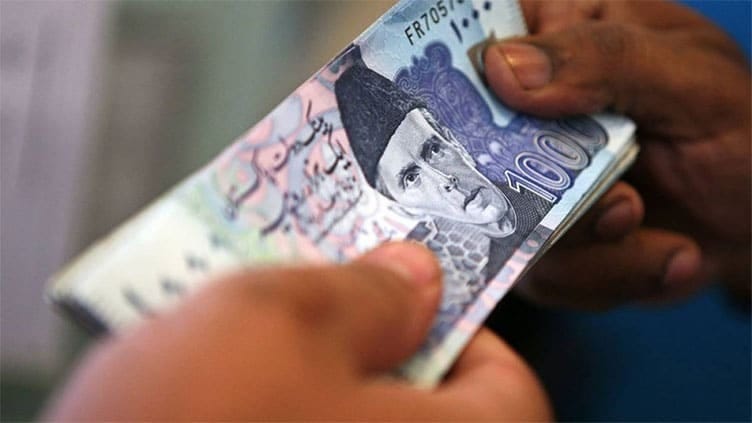Pakistan’s New Power Tariff Relief Plan 2025–2026
The Government of Pakistan is preparing to launch a major Electricity Tariff Relief package aimed at supporting the industrial and agricultural sectors. According to official sources, this initiative could reduce power prices by more than Rs. 10 per unit, bringing long-awaited relief to thousands of businesses and farmers struggling with high energy costs.
This three-year package is scheduled to take effect from November 1, 2025, and will continue until October 31, 2028. The plan seeks to reduce production costs, boost exports, and strengthen industrial competitiveness, marking a significant policy shift toward sustainable economic growth.
Prime Minister Shehbaz Sharif is expected to officially announce the initiative soon, signaling the government’s renewed focus on stabilizing the economy through energy reforms.
Background: High Electricity Costs and Industrial Challenges
Over the past few years, Pakistan’s industries have faced severe challenges due to the continuous rise in electricity tariffs. High energy prices have increased production expenses, reduced profit margins, and discouraged foreign investment in manufacturing sectors.
Agricultural producers have also been heavily affected, as power costs directly impact irrigation, machinery operation, and overall yield performance. This has led to higher prices for basic food items and reduced competitiveness in local and international markets.
Recognizing these economic strains, the government’s Electricity Tariff Relief Plan aims to create a more stable and affordable energy environment, enabling both industries and farmers to regain their productivity.
Read Also Here:
Pakistani Cook Sunia Imran Wins UK Curry Contest
Key Features of the 2025–2028 Power Relief Plan
1. Reduction in Power Tariffs
Sources report that electricity prices will be reduced by more than Rs.10 per unit for eligible sectors. This reduction will apply to both industrial and agricultural consumers to ensure wide-ranging benefits.
2. Duration of the Package
The relief will be implemented for a three-year period — from November 1, 2025, to October 31, 2028 — giving industries a clear, long-term framework for energy planning and investment.
3. Targeted Beneficiaries
The primary beneficiaries will include:
Export-oriented industries, such as textiles, manufacturing, and chemicals
Small and medium enterprises (SMEs)
Agricultural producers, especially those relying on electricity for irrigation and equipment
4. Government Oversight and Implementation
The plan will be overseen by the Ministry of Energy and the Ministry of Finance, in coordination with provincial energy departments. Monitoring mechanisms will ensure that the benefits directly reach the intended sectors.
Expected Economic Impact
Experts believe this package could have a transformative effect on Pakistan’s economy. Lower power costs will likely result in:
- 💼 Increased Industrial Output: Lower production costs make local goods more competitive globally, encouraging exports.
- 🌾 Agricultural Productivity Boost: Reduced energy bills can help farmers invest more in technology, fertilizers, and irrigation systems.
- 💡 Job Creation: As industries expand, new employment opportunities are expected in both urban and rural areas.
- 📈 Economic Growth: The move could stimulate broader economic activity, contributing to GDP growth and fiscal stability.
Moreover, this initiative aligns with the government’s broader economic revival strategy, which emphasizes industrialization, energy security, and sustainable resource management.
Prime Minister Shehbaz Sharif’s Vision for Energy Reform
Prime Minister Shehbaz Sharif has repeatedly highlighted the importance of reducing energy costs to improve industrial competitiveness. His government aims to implement policies that balance economic development with fiscal responsibility, ensuring long-term benefits for both producers and consumers.
Officials from the Ministry of Energy have confirmed that detailed consultations with industrial associations, agriculture boards, and energy experts were held before finalizing the plan. The government hopes this collaborative approach will make the relief package more effective and transparent.
Challenges Ahead
While the plan has been widely welcomed, experts caution that implementation will be key. Pakistan’s energy sector faces long-standing issues such as circular debt, power theft, and infrastructure inefficiencies.
To ensure the success of the Electricity Tariff Relief Package, the government must strengthen billing systems, enhance distribution efficiency, and encourage renewable energy adoption to reduce dependency on expensive imports.
Conclusion
The Electricity Tariff Relief Plan 2025–2028 represents a bold step toward revitalizing Pakistan’s economy. By lowering power prices for industries and farmers, the government aims to reduce production costs, boost exports, and drive economic recovery.
If implemented effectively, this plan could pave the way for sustainable growth, job creation, and greater energy security — bringing much-needed stability to Pakistan’s industrial and agricultural sectors.
As the nation looks forward to the official announcement from Prime Minister Shehbaz Sharif, this initiative offers renewed hope for businesses and communities striving for economic progress.
🔗 Ministry of Energy – Government of Pakistan
Read More Here:
















